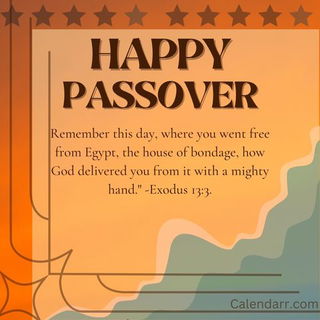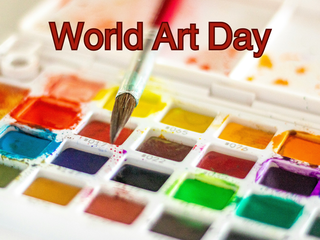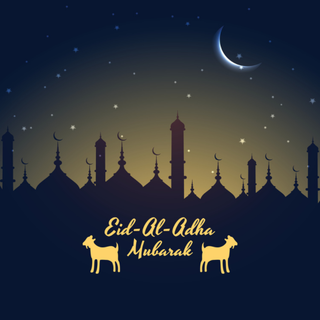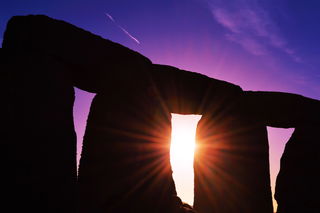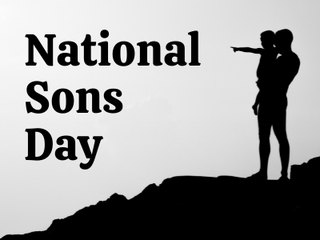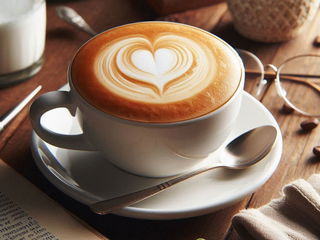- Calendar
- Calendar 2025
- October
- Halloween
Halloween
Halloween is observed globally on October 31st and it is a popular celebration loved by people of all ages.
It takes place on the day before All Saints' Day and is also known as Hallowe'en, All Hallows' Eve; All Saints' Eve, and Samhain.
It is not a public holiday, therefore businesses and stores follow normal opening hours. However, there are huge parties held everywhere and people can even dress up in Halloween costumes for work or school.
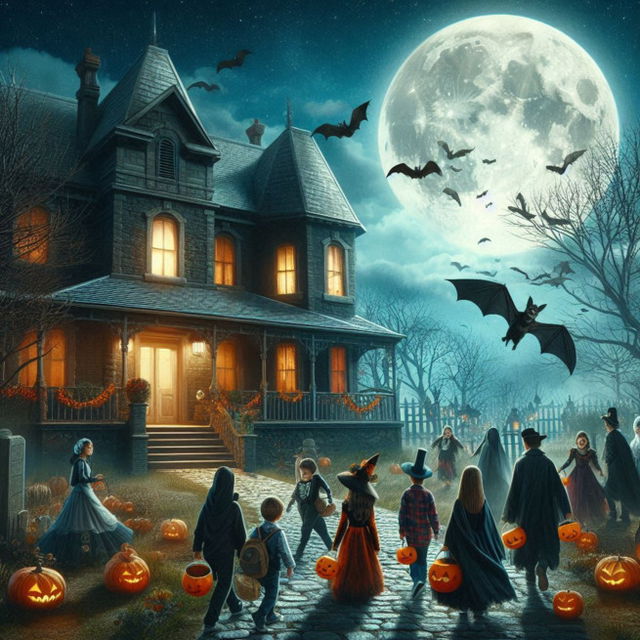
What is the meaning of Halloween
The meaning of the word “Halloween” is a contraction of All Hallows' Eve to mean “hallowed evening”.
Halloween is believed to have been brought to North America by colonists in the 19th century when thousands of people moved to the United States and Canada from Ireland and Britain.
They brought their Halloween customs with them and over time those customs combined with the traditions coming from Germany and other parts of the world.
In the early 20th century, Halloween became a nationwide holiday, and now it is a multi-billion-dollar industry celebrated worldwide.
Many people, particularly children, choose to dress in spooky costumes in honor of the haunted holiday, parading the streets trick-or-treating.
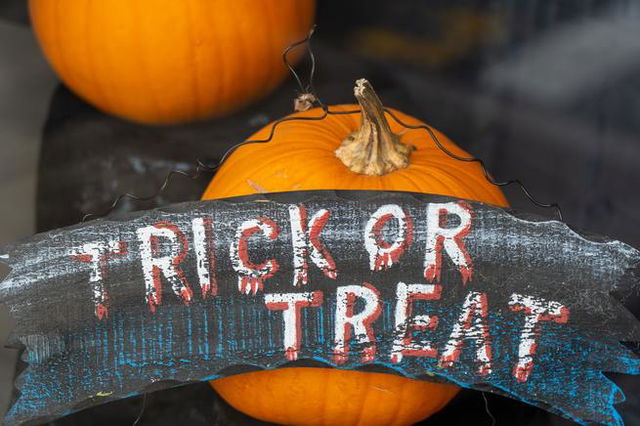
History and Origins of Halloween
Celtic Beginnings
Halloween's origins trace back to ancient Britain and Ireland, around the 5th century BCE, during the full moon closest to November 1st. This was when the Celts celebrated Samhain, the festival marking Summer's End and the Celtic New Year. Samhain, the god of the dead, was believed to dissolve the barrier between the physical and spirit worlds, allowing the spirits of the deceased—both good and evil—to return to earth.
To protect themselves from these spirits, the Celts offered gifts like food, drink, and sweets, and often dressed as spirits themselves to avoid being recognized by malevolent entities. As the festival coincided with the end of summer, rituals, and sacrifices were performed to rejuvenate the dying sun. All fires were extinguished, and sacred fires were kindled to mark the new year. These fires were then used to light new hearths in homes, providing protection through the approaching winter.
Sacred bonfires played a crucial role in repelling evil spirits and were central to offering crop and animal sacrifices to Celtic deities. Druids, the Celtic priests, donned animal-skin costumes and foretold each other's fortunes. They also went from house to house, carrying lanterns and demanding offerings, frequently in the form of money.
Samhain was a time of indulgence, where people engaged in drunken revelry and activities usually forbidden in daily life, embracing the festival's more chaotic and uninhibited nature.
Roman Rule
Starting from 43 CE, the Romans ruled over the Celts, blending their customs with the existing Celtic traditions. One notable example is the integration of the goddess Pomona, the Roman deity of fruit, trees, and fertility, into Celtic practices.
Apples and hazelnuts, sacred to Pomona, were believed to hold the power to divine answers to vital questions about marriage, childbearing, and death—matters of great importance in an agricultural society.
A common tradition involved placing apples with specific markings in a tub of water or hanging them from a tree. By attempting to grab one using only their mouth, a young man or woman was believed to gain insight into their future spouse, making this ritual a blend of fun and fortune-telling.
Christianity
As Christianity spread to Celtic lands, it began to merge with local traditions. In the 7th century, Pope Boniface IV established May 13 as All Martyrs Day, a time to honor all martyrs. By the 8th century, Pope Gregory III shifted this observance to November 1, broadening it to honor martyrs, saints, and relics. This day became known as All Saints' Day, incorporating some customs of Samhain. The day after, All Souls' Day, followed this celebration.
All Saints' Day was also referred to as All-hallows or All-hallowmas, and the night before it—coinciding with Samhain—became known as All-Hallows Eve. Over time, this name evolved into Halloween, a term that became widely used by the 18th century.
The Christian church encouraged its followers to dress as spirits, angels, and devils, going from house to request small offerings like food in exchange for prayers for the souls of deceased relatives, a practice known as “going-a-souling.” One common treat distributed during this time was the soul cake, a traditional cookie marked with a cross.
Carved-out turnips or other root vegetables, illuminated with candles or burning coals, were carried or placed in windows to ward off Stingy Jack—a legendary drunkard condemned by Satan to roam the earth—or other spirits. Later, when this custom reached America, pumpkins were used instead.
According to the New Catholic Encyclopedia, during the Middle Ages, it was widely believed that souls in purgatory could manifest on this day as will-o'-the-wisps, witches, toads, and other eerie forms.
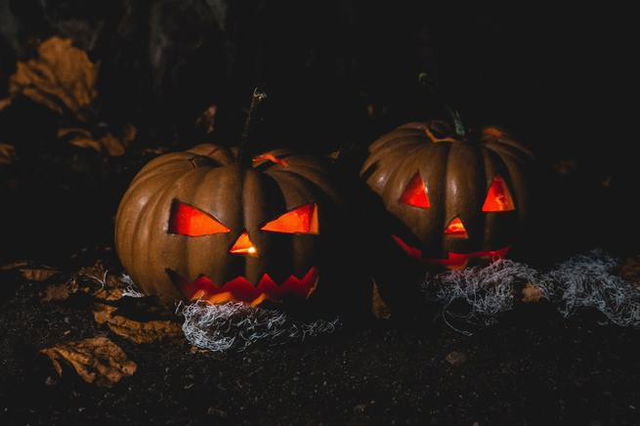
How to Celebrate Halloween
Many ancient customs and rituals are still alive today, as people embrace the Halloween spirit and celebrate in various ways. Some enjoy trick-or-treating, with children going door-to-door, while others prefer staying home to watch a scary movie. Halloween parties are popular too, featuring games like apple-bobbing, costume contests, and pumpkin carving, all paired with Halloween-themed food and candy.
Several ancient Celtic customs continue to influence modern Halloween traditions and decorations, such as:
- Vampires
- Witches
- Zombies
- Goblins
- Ghosts
- Carved pumpkin heads (Jack O'Lanterns)
- Bats
- Cats
- Toads
- Skeletons
- Spiders, and more
Halloween has become a significant part of modern culture, inspiring movies and music. Cinemas often screen classic Halloween films, with the most notable franchise being the Halloween series featuring Michael Myers, which began in 1978. If you're curious, the Halloween movie franchise includes a surprising 13 films.
Beyond the Halloween series, there are many other Halloween-inspired movies, such as:
- Scream
- Ghostbusters
- Halloween town
- Beetlejuice
- Tim Burton's Corpse Bride
- The Addams Family
- Hocus Pocus
- A Nightmare on Elm Street, and many others
In music, Michael Jackson's “Thriller” and Bobby Pickett's “The Monster Mash” are among the popular songs associated with Halloween.
Across the United States, various Halloween events take place, so it's worth checking out what's happening near you. For example, Hudson Valley hosts The Great Jack O'Lantern Blaze each year.
Fun facts about Halloween:
- As well as being the second most commercial holiday in the country, a quarter of all candy sales happen during this spooky season. Other sales include the purchases of Halloween costumes, decorations, and accessories.
- The Jack o'lantern comes from the Irish myth about a man named Stingy Jack. Guinness World Records state the most lit at one time is over 30,000.
- Trick or treat was originally an Ancient form of “guising”, where children would dress in costumes made of old clothing to roam the streets freely, going undetected by evil ghouls and spirits.
- Candy Corn was originally known as Chicken Feed, owing to the candy's original branding from the 1800s. Over 35 million pounds of Candy Corn are sold each year, with sales peaking on or around Halloween and National Candy Corn Day.
- Halloween is celebrated all over the world. Other counties have their traditions, such as Mexico's Day of the Dead and China's Hungry Ghost Festival.
You might like to read these articles next:
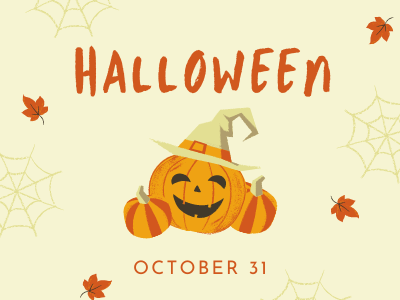
Other Celebrations
-
Sep 22 Mon
-
Oct 26 Sun
-
Nov 01 Sat
-
Nov 01 Sat
-
Nov 02 Sun
-
Nov 05 Wed

Halloween - Next years
Saturday, 31 October 2026
Sunday, 31 October 2027
Tuesday, 31 October 2028


